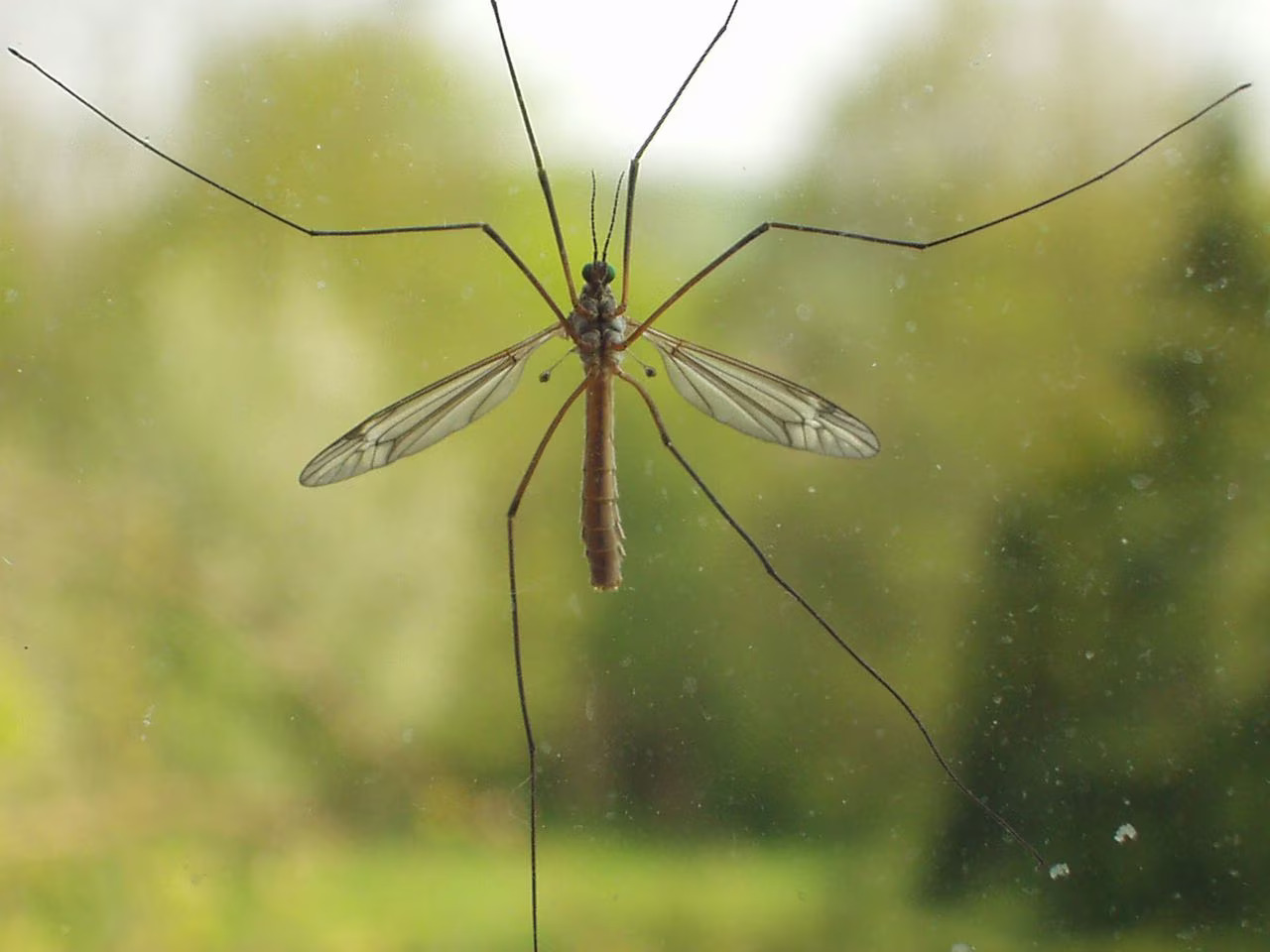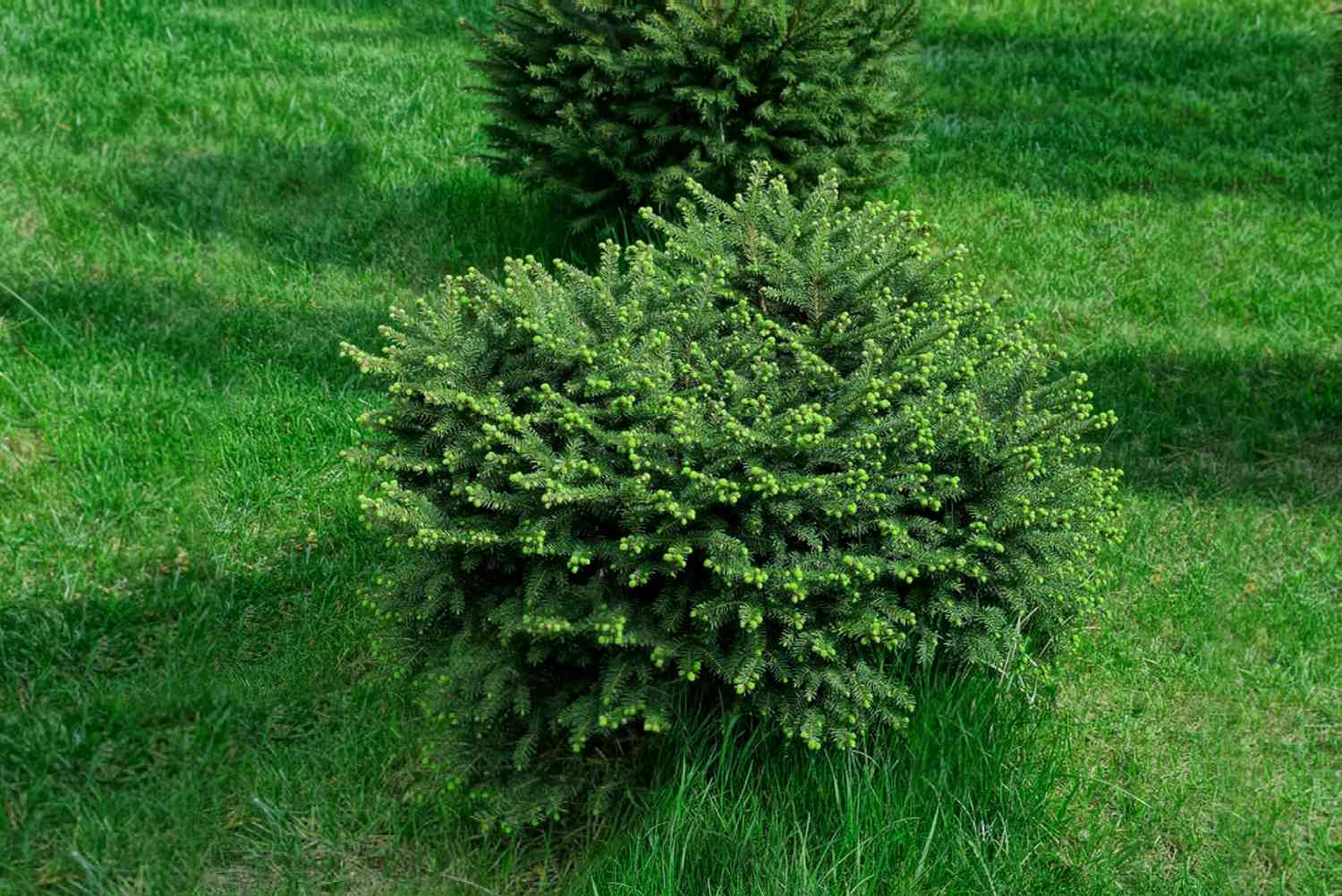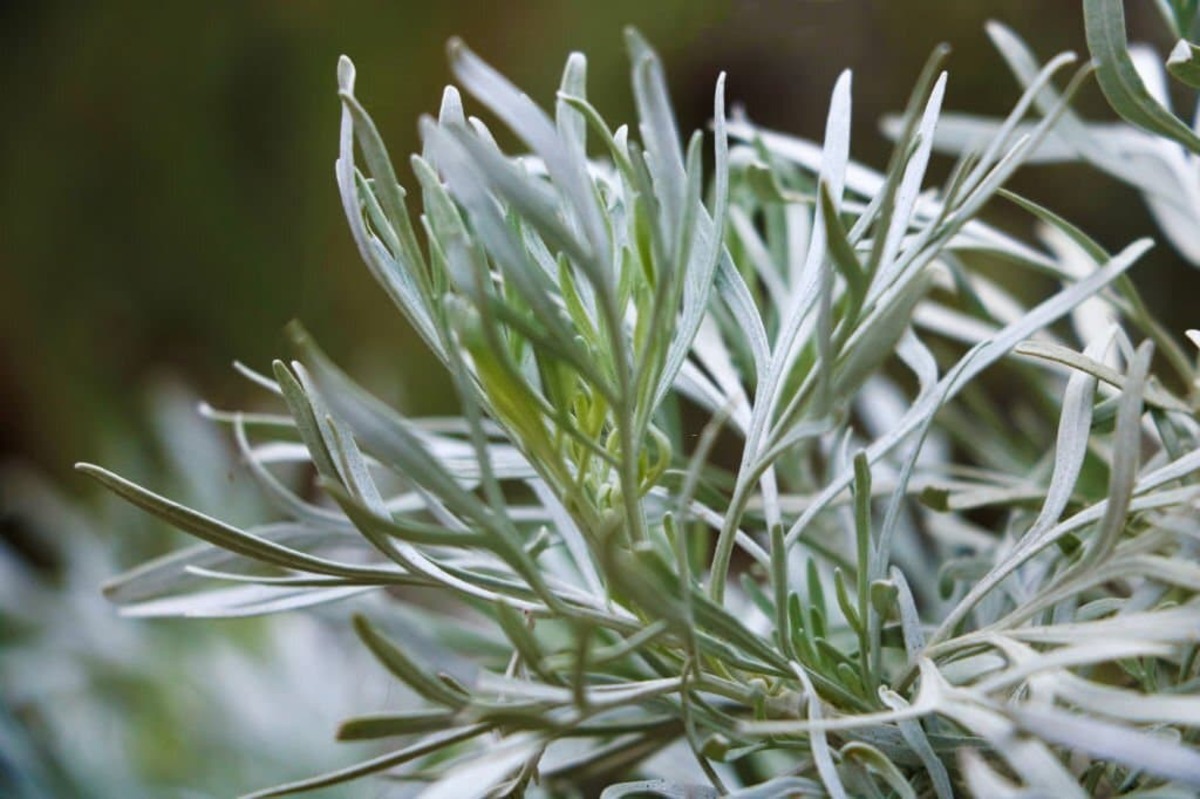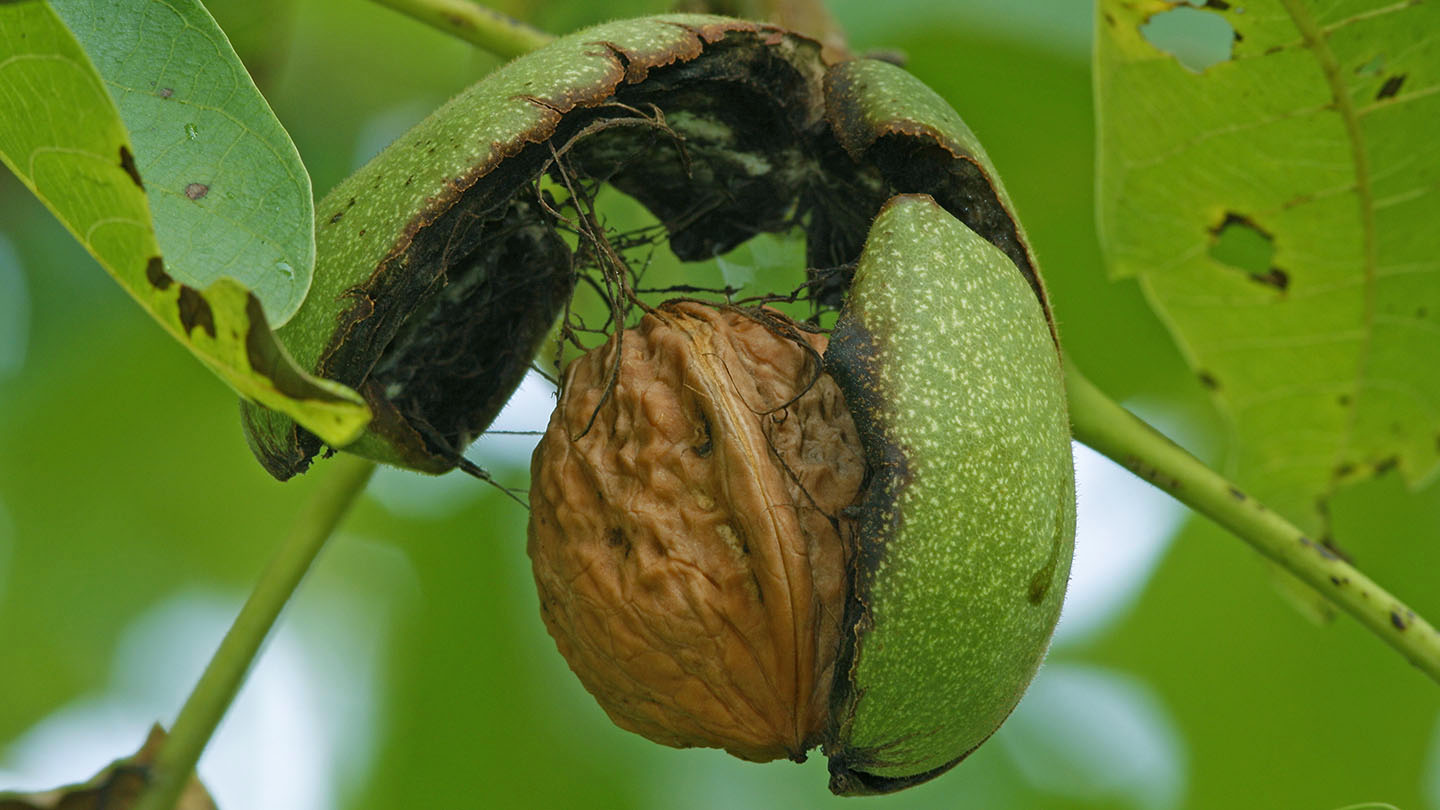Home>Gardening News and Trends>Latest News>What Are The Insects That Look Like Giant Mosquitoes


Latest News
What Are The Insects That Look Like Giant Mosquitoes
Modified: January 22, 2024
Discover the latest news about insects that resemble giant mosquitoes. Find out their characteristics, behavior, and how to distinguish them from actual mosquitoes.
(Many of the links in this article redirect to a specific reviewed product. Your purchase of these products through affiliate links helps to generate commission for Chicagolandgardening.com, at no extra cost. Learn more)
Table of Contents
- Introduction:
- Characteristics of Giant Mosquito Look-Alike Insects:
- Common Species of Giant Mosquito Look-Alike Insects:
- Habitat and Distribution of Giant Mosquito Look-Alike Insects:
- Lifespan and Behavior of Giant Mosquito Look-Alike Insects:
- Diet and Feeding Habits of Giant Mosquito Look-Alike Insects:
- Similarities and Differences between Giant Mosquitoes and Their Look-Alike Insects:
- Importance of Giant Mosquito Look-Alike Insects in the Ecosystem:
- Interactions with Humans and Potential Threats from Giant Mosquito Look-Alike Insects:
- Conclusion:
Introduction:
Giant mosquito look-alike insects are fascinating creatures that often generate curiosity and intrigue. With their resemblance to mosquitoes, these insects can cause confusion and even fear among people who encounter them. However, it is important to note that not all insects that resemble giant mosquitoes are actually mosquitoes. In fact, many of them belong to different species and have distinct characteristics that set them apart.
These insect look-alikes are known for their elongated bodies, long legs, and slender appearance, which can be mistaken for that of a giant mosquito. They have evolved unique adaptations and behaviors that contribute to their survival in various environments. Some even possess similar feeding habits to mosquitoes, adding to the confusion.
In this article, we will explore the fascinating world of giant mosquito look-alike insects, revealing their characteristics, habitats, feeding habits, and much more. By understanding these creatures, we can appreciate their role in the ecosystem and dispel any misunderstandings or fears they may evoke.
So, if you’ve ever encountered an insect that looked like a giant mosquito and wondered what it truly was, read on to unravel the mysteries and learn about these captivating creatures.
Characteristics of Giant Mosquito Look-Alike Insects:
Giant mosquito look-alike insects share several common characteristics that contribute to their resemblance to mosquitoes. However, upon closer examination, one can identify distinct features that differentiate these creatures from actual mosquitoes.
One notable characteristic of these insects is their elongated bodies. They typically have slender, segmented bodies that can measure up to several inches in length. This elongated body shape is what often catches the eye and leads to their mistaken identity as giant mosquitoes.
In addition to their body shape, giant mosquito look-alike insects have long, slender legs that aid in their ability to maneuver and navigate through different environments. These legs can be flexible and agile, allowing the insects to move swiftly and gracefully.
Furthermore, these insects often possess wings that are similar to those of mosquitoes. However, the wing shape and pattern can vary among different species. Some giant mosquito look-alike insects have transparent or lightly colored wings, while others may have distinct markings or patterns that help with identification.
Another distinguishing characteristic of these insects is their mouthparts. Similar to mosquitoes, these insects often have elongated mouthparts that they use for feeding. However, the specific structure and function of their mouthparts can differ, depending on the species. Some may have piercing-sucking mouthparts, while others may have biting or chewing mouthparts.
It is important to note that while these insects may resemble giant mosquitoes in appearance, they are not capable of transmitting diseases like mosquitoes do. Giant mosquito look-alike insects do not possess the necessary biological mechanisms to act as disease vectors, unlike their mosquito counterparts.
In summary, the main characteristics of giant mosquito look-alike insects include their elongated bodies, long legs, distinctive wings, and specialized mouthparts. These features contribute to their striking resemblance to mosquitoes and often lead to misconceptions about their true identity.
Common Species of Giant Mosquito Look-Alike Insects:
There are several species of giant mosquito look-alike insects that are often mistaken for actual mosquitoes. These insects belong to different families and exhibit unique characteristics and behaviors. Let’s take a closer look at some of the common species:
- Crane Flies: Crane flies, also known as “daddy longlegs,” are one of the most commonly encountered giant mosquito look-alike insects. They belong to the family Tipulidae. These insects have long, slender bodies and long legs, which are why they often resemble giant mosquitoes. However, crane flies are harmless and do not feed on blood like mosquitoes. They primarily feed on nectar and play a role in pollination.
- Gallinippers: Gallinippers, scientifically known as Psorophora ciliata, are large mosquito-like insects found in various regions. These insects resemble mosquitoes due to their size, with some species being as large as an inch in length. However, gallinippers do not feed on blood; their diet consists of plant juices and nectar. They are more commonly found near bodies of water, and their presence can be noticeable due to their buzzing sound.
- Robber Flies: Robber flies are predatory insects that share some resemblance to giant mosquitoes. They have elongated bodies with long legs and are known for their swift and agile flight. Robber flies are skilled hunters and feed on other insects, including mosquitoes. Their ability to catch and consume mosquitoes gives them a reputation as beneficial insects in controlling mosquito populations.
- Crabronid Wasps: Crabronid wasps, also known as “cicada killers,” are another example of giant mosquito look-alike insects. These wasps have long, slender bodies and long legs, resembling mosquitoes from a distance. However, their behavior and diet are quite different. Crabronid wasps are solitary insects that construct underground burrows and feed on nectar and pollen. They are not aggressive towards humans unless provoked.
These are just a few examples of the many species that resemble giant mosquitoes. It is important to note that while these insects may share similar physical characteristics, they have distinct behaviors and ecological roles that set them apart from mosquitoes.
Habitat and Distribution of Giant Mosquito Look-Alike Insects:
Giant mosquito look-alike insects can be found in various habitats around the world, each species displaying specific preferences and adaptations to their respective environments. Let’s explore the different habitats and distributions of these intriguing creatures:
1. Wetland Areas: Many giant mosquito look-alike insects are commonly found in wetland areas such as marshes, swamps, and ponds. These habitats provide an abundance of food sources and suitable breeding grounds for these insects. Wetlands offer a diverse range of vegetation, water sources, and microhabitats, which support the different life stages of these insects.
2. Forests and Woodlands: Certain species of giant mosquito look-alike insects can be found in forested areas and woodlands. These insects are often attracted to the vegetation and decaying matter present in these environments. Forested areas provide ample food sources, shelter, and suitable conditions for reproduction, allowing these insects to thrive.
3. Grasslands and Fields: Some species of giant mosquito look-alike insects are adapted to open grasslands and fields. These habitats offer a variety of flowering plants and vegetation for feeding on nectar and pollen. Additionally, these open areas provide ample space for these insects to fly and navigate with ease.
4. Urban and Suburban Areas: Certain giant mosquito look-alike insects have successfully adapted to urban and suburban environments. They are often found in parks, gardens, and green spaces within cities. Despite the urbanization, these insects are able to find suitable food sources and shelter in these areas.
In terms of distribution, the range of giant mosquito look-alike insects varies depending on the specific species and their adaptations. Some species have a widespread distribution and can be found in multiple continents, while others are more localized and restricted to specific regions. Factors such as climate, geographical barriers, and availability of suitable habitats play a role in determining their distribution patterns.
It is important to note that the habitat and distribution of these insects may also be influenced by human activities and environmental changes. Encroachment on natural habitats, pollution, and climate change can impact their populations and alter their distributions in certain areas.
In summary, giant mosquito look-alike insects can be found in a range of habitats, including wetlands, forests, grasslands, and urban areas. Their distribution depends on various factors, including their adaptability and the availability of suitable habitats within their geographic range.
Lifespan and Behavior of Giant Mosquito Look-Alike Insects:
Giant mosquito look-alike insects exhibit a wide range of lifespans and behaviors, varying across different species. Understanding their lifespan and behavior provides insight into their ecological roles and interactions within their respective environments. Let’s explore these aspects:
1. Lifespan: The lifespan of giant mosquito look-alike insects can vary greatly. Some species have relatively short lifespans, ranging from a few weeks to a couple of months. Others may have longer lifecycles, lasting several months or even up to a year. The duration of their life stages, including egg, larval, pupal, and adult stages, contributes to their overall lifespan. Environmental factors such as temperature, humidity, and food availability can also influence their development and lifespan.
2. Behavior: Giant mosquito look-alike insects engage in various behaviors that are essential for their survival and reproduction. Here are some common behaviors exhibited by these insects:
- Feeding: These insects may have different feeding habits depending on their species. Some predominantly feed on nectar and pollen from flowers, while others may prey on smaller insects for sustenance. It is important to note that these insects do not feed on blood like actual mosquitoes.
- Breeding: Breeding behaviors vary among different species. Some insects lay their eggs in moist areas, such as near water sources, while others may choose specific plants or substrates as egg-laying sites. Mating behaviors can also differ, with some species engaging in intricate courtship rituals.
- Flight and Navigation: Giant mosquito look-alike insects are generally adept at flying and navigating their environments. They use their long, slender wings and agile legs to maneuver efficiently. Flight patterns and distances traveled can vary depending on the species and their ecological needs.
- Defense Mechanisms: These insects employ various defense mechanisms to protect themselves from predators. Some may have camouflage or mimicry abilities, blending in with their surroundings or imitating other less palatable species. Others may use their agility or release defensive chemicals as a deterrent.
It is worth noting that the behavior of these insects can be influenced by external factors such as temperature, moisture, and the availability of food sources. Additionally, their behaviors can also interact with the behaviors of other organisms in their ecosystems, creating complex ecological dynamics.
Observing and studying the behavior of giant mosquito look-alike insects provides valuable insights into their roles within their respective habitats. It also highlights the diversity and complexity of behaviors within the insect world.
Diet and Feeding Habits of Giant Mosquito Look-Alike Insects:
Giant mosquito look-alike insects have diverse diets and feeding habits, which contribute to their ecological roles within their respective ecosystems. While they may resemble mosquitoes in appearance, these insects vary greatly in terms of their feeding preferences and behaviors. Understanding their diet and feeding habits is crucial for comprehending their ecological interactions. Let’s explore their dietary patterns:
1. Nectar and Pollen: Many giant mosquito look-alike insects primarily feed on nectar and pollen. They play an important role in pollination, acting as pollinators for various flowering plants. These insects are attracted to the sweet nectar produced by flowers and collect pollen while they feed. Their feeding on nectar facilitates the transfer of pollen between flowers, ensuring the plant’s reproductive success.
2. Plant Juices: Some species of giant mosquito look-alike insects feed on plant juices or sap. They have specialized mouthparts that allow them to pierce plant tissue and extract the nutrient-rich fluids. These insects can be found on a wide range of plant species, where they extract nutrients required for their growth and development.
3. Preying on Insects: Certain species within this group are predatory and feed on smaller insects. They actively hunt and catch their prey using their agility and specialized mouthparts. These insects serve as natural pest controllers, helping to control populations of other insects in their respective habitats.
4. Detritivores: Some giant mosquito look-alike insects feed on decaying organic matter, such as decomposing plant material or dead animals. These detritivores play a crucial role in nutrient cycling by breaking down organic matter and releasing nutrients back into the ecosystem.
It is important to note that giant mosquito look-alike insects do not feed on blood like actual mosquitoes. They lack the necessary adaptations and mouthparts for blood-feeding, which is a key characteristic of mosquito feeding habits.
The specific diet and feeding habits of these insects can vary among species. Factors such as availability of food sources, environmental conditions, and ecological niche contribute to the dietary preferences of each species. Their feeding habits also interact with other organisms within their ecosystems, shaping the intricate web of ecological relationships.
In summary, giant mosquito look-alike insects have diverse diets and feeding habits. While some feed on nectar, pollen, or plant juices, others prey on smaller insects or consume decaying organic matter. Understanding their feeding habits is essential for appreciating their ecological roles and contributions to the ecosystem.
Similarities and Differences between Giant Mosquitoes and Their Look-Alike Insects:
Giant mosquitoes and their look-alike insects share some similarities in appearance, but they also have several distinct characteristics that set them apart. Understanding these similarities and differences can help clarify misconceptions and shed light on the unique features of each group. Let’s explore these comparisons:
1. Appearance: Both giant mosquitoes and their look-alike insects share some physical similarities. They may have elongated bodies, long legs, and slender appearances, which can lead to initial confusion. However, upon closer inspection, there are noticeable differences in their actual morphology, such as wing shape and mouthpart structure.
2. Feeding Habits: One of the key differences between giant mosquitoes and their look-alike insects lies in their feeding habits. Giant mosquitoes are known for their ability to feed on blood, whereas the look-alike insects typically do not feed on blood. These insects have diverse diets that may include nectar, pollen, plant juices, prey insects, or decaying organic matter.
3. Disease Transmission: Giant mosquitoes are capable of transmitting diseases to humans and animals through their blood-feeding activities. These diseases, such as malaria, dengue fever, and Zika virus, pose significant health risks. Look-alike insects, on the other hand, do not possess the ability to transmit diseases to humans or animals.
4. Ecological Role: While giant mosquitoes are often regarded as pests due to their blood-feeding and disease transmission capabilities, their look-alike insects often play important ecological roles. Many look-alike insects function as pollinators, aiding in the reproduction of flowering plants, while others help control populations of smaller insects as predators or contribute to nutrient recycling as detritivores.
5. Behavior: The behavior of giant mosquitoes and their look-alike insects also differs. Giant mosquitoes exhibit distinct behaviors related to blood-feeding, mating, and resting. Look-alike insects have their own unique behaviors associated with their specialized diets, mating rituals, and defense mechanisms.
It is crucial to note that while giant mosquitoes may be seen as a nuisance and a potential health threat, their look-alike insects serve important ecological functions. Understanding the differences between these two groups is essential for accurate identification and appropriate response when encountering these insects.
In summary, while giant mosquitoes and their look-alike insects may share some physical similarities, they have significant differences in feeding habits, disease transmission capabilities, ecological roles, and behaviors. Appreciating these distinctions helps promote a better understanding of these insect groups and their contributions to ecosystems.
Importance of Giant Mosquito Look-Alike Insects in the Ecosystem:
Giant mosquito look-alike insects play crucial roles in the ecosystem, despite their resemblance to mosquitoes. These insects contribute to various ecological processes and provide valuable ecosystem services. Let’s explore the importance of these insects:
1. Pollinators: Many giant mosquito look-alike insects serve as important pollinators for flowering plants. As they visit flowers in search of nectar and pollen, they inadvertently transfer pollen from one flower to another, aiding in plant reproduction. This pollen transfer ensures the survival and diversity of plant species, promoting ecosystem stability and supporting the production of fruits, seeds, and other plant resources.
2. Predators: Some giant mosquito look-alike insects are natural predators of smaller insects. They play a crucial role in controlling pest populations, such as mosquitoes and other harmful insects. By preying on these pests, they help maintain the balance of populations within the ecosystem, preventing outbreaks that can negatively impact plants, animals, and humans.
3. Nutrient Cycling: Certain giant mosquito look-alike insects contribute to the process of nutrient cycling in the ecosystem. They feed on decaying plant material or dead animals, accelerating the decomposition process. As they break down organic matter, they release nutrients back into the soil or water, making them available to other organisms. This helps sustain the productivity and fertility of the ecosystem.
4. Ecosystem Connections: Giant mosquito look-alike insects also serve as important links in food webs and ecological networks. They provide a source of food for other organisms, including birds, reptiles, amphibians, and other insect predators. Their presence and abundance support the stability and functioning of these food webs, ensuring the flow of energy and resources throughout the ecosystem.
5. Biodiversity Indicators: The presence of certain giant mosquito look-alike insects can serve as indicators of environmental health and biodiversity. Their populations and distributions can provide valuable insights into the overall well-being of ecosystems. Understanding and monitoring these insects can help identify environmental changes or disruptions that may have implications for other organisms and the ecosystem as a whole.
It is essential to recognize and appreciate the importance of giant mosquito look-alike insects in maintaining the balance and functioning of ecosystems. Despite their deceptive appearance, these insects contribute significantly to the well-being and sustainability of their respective habitats.
By conserving their habitats, promoting biodiversity, and understanding their ecological roles, we can ensure the continued benefits that these insects provide to the ecosystem.
Interactions with Humans and Potential Threats from Giant Mosquito Look-Alike Insects:
Giant mosquito look-alike insects can have various interactions with humans, ranging from curiosity to potential concerns. It is important to understand these interactions and address any potential threats they may pose. Let’s explore their interactions and associated risks:
1. Confusion and Fear: Due to their resemblance to giant mosquitoes, these insects can often trigger confusion and fear among humans. Their size, appearance, and behavior may be misunderstood, leading to unwarranted anxiety or unnecessary attempts to eliminate them. Educating the public about their harmless nature and ecological significance is crucial in dispelling fears and promoting coexistence.
2. Role as Pollinators: Many giant mosquito look-alike insects serve as important pollinators, contributing to the reproduction of flowering plants. Understanding and appreciating their role as pollinators can help humans develop a greater appreciation for these species and encourage the conservation of their habitats.
3. Predatory Behavior: Some giant mosquito look-alike insects are natural predators of other insects, including mosquitoes. This natural pest control behavior can benefit humans by reducing mosquito populations. Encouraging the presence of these predators can help mitigate mosquito-related concerns without resorting to chemical interventions.
4. Environmental Concerns: Changes in habitat and environmental conditions can impact the populations of giant mosquito look-alike insects. Human activities such as habitat destruction, pollution, and climate change can disrupt their natural habitats, potentially leading to a decline in their populations. Conserving natural habitats, reducing pollution, and mitigating climate change can help safeguard these insects and maintain their ecological contributions.
5. Misidentification: Misidentification of giant mosquito look-alike insects as actual mosquitoes can lead to misguided pest control measures. It is important to correctly identify these insects to avoid unnecessary use of insecticides or other harmful methods that may disrupt the balance of ecosystems and harm beneficial insect populations.
While giant mosquito look-alike insects do not pose the same risks as actual mosquitoes in terms of disease transmission, it is important to practice general insect safety measures. Avoiding unnecessary contact, using insect repellents, and employing appropriate personal protection measures can help minimize any potential nuisance or discomfort associated with these insects.
In summary, human interactions with giant mosquito look-alike insects can range from curiosity to concerns. Educating the public about their ecological significance, promoting coexistence, and addressing any misconceptions are crucial for fostering appreciation and ensuring their continued role in the ecosystem.
Conclusion:
Giant mosquito look-alike insects are captivating creatures that share a resemblance to mosquitoes but have distinct characteristics that set them apart. Understanding their characteristics, habits, and ecological roles is essential for dispelling misconceptions and appreciating their importance in the ecosystem.
These insects exhibit diverse physical features such as elongated bodies, long legs, and slender appearances. While they may resemble mosquitoes, they differ in terms of their feeding habits, disease transmission capabilities, and ecological functions. Giant mosquito look-alike insects have varied diets, including nectar, pollen, plant juices, prey insects, or decaying organic matter.
In the ecosystem, giant mosquito look-alike insects fulfill significant roles. They serve as pollinators, aiding in the reproduction of flowering plants, and as natural predators, controlling populations of smaller insects. Some species contribute to nutrient cycling and play vital roles in food webs and ecological networks. These insects are indicators of environmental health and biodiversity, highlighting the importance of their conservation.
Interactions with humans can range from confusion and fear to admiration and recognition of their ecological contributions. Educating the public about these insects can help foster coexistence and promote conservation efforts. It is crucial to differentiate between giant mosquito look-alike insects and actual mosquitoes to avoid unnecessary pest control measures.
Conserving their habitats, reducing pollution, and mitigating climate change are key in preserving the populations of these insects and maintaining their ecological functions. By appreciating the diversity of insect species and recognizing their valuable roles, we can cultivate a greater understanding and respect for the intricacies of the natural world.
In conclusion, giant mosquito look-alike insects play unique and important roles in the ecosystem. By valuing their contributions, addressing any misconceptions, and adopting sustainable practices, we can ensure their continued presence in our shared environment for future generations to appreciate and benefit from.









